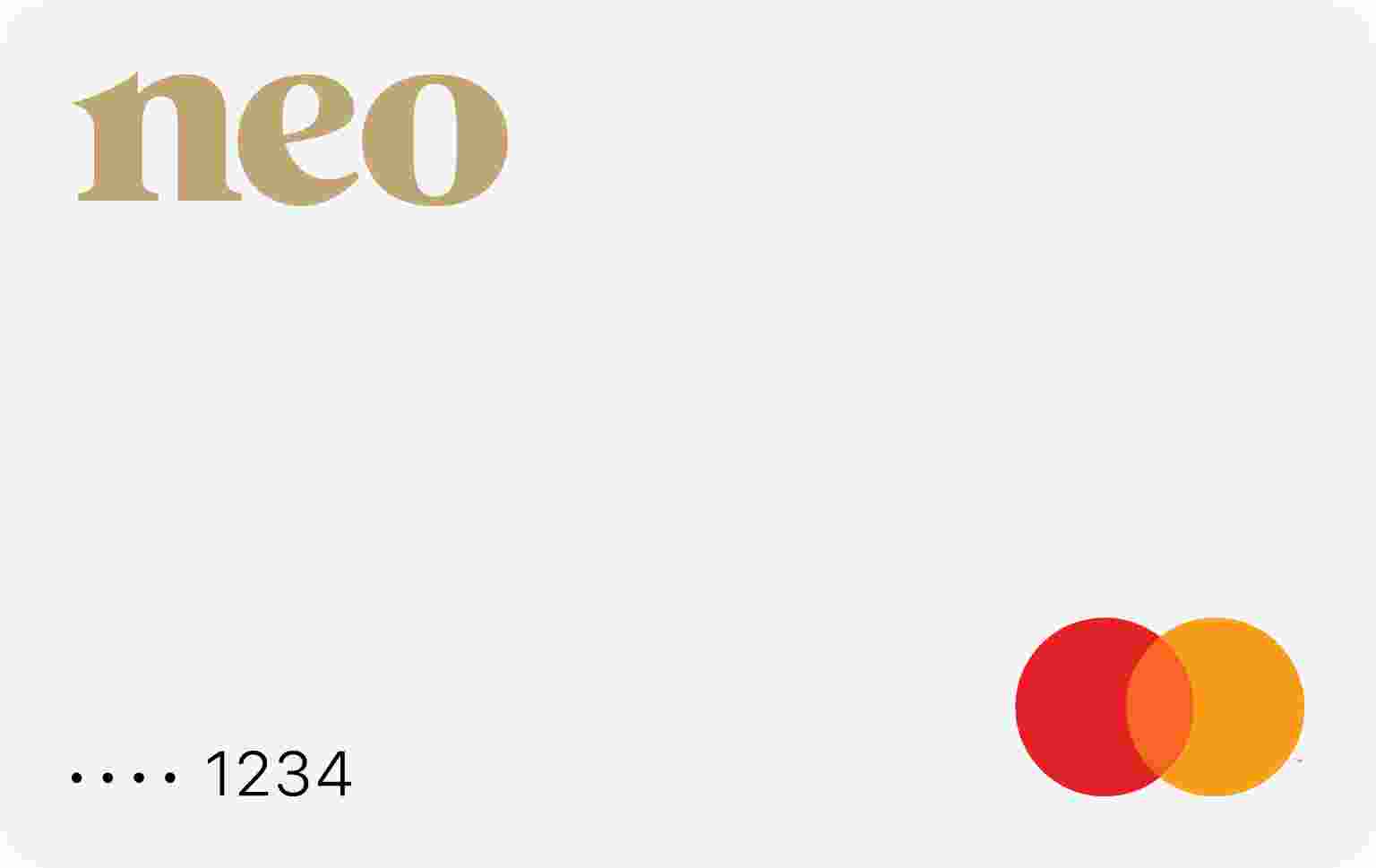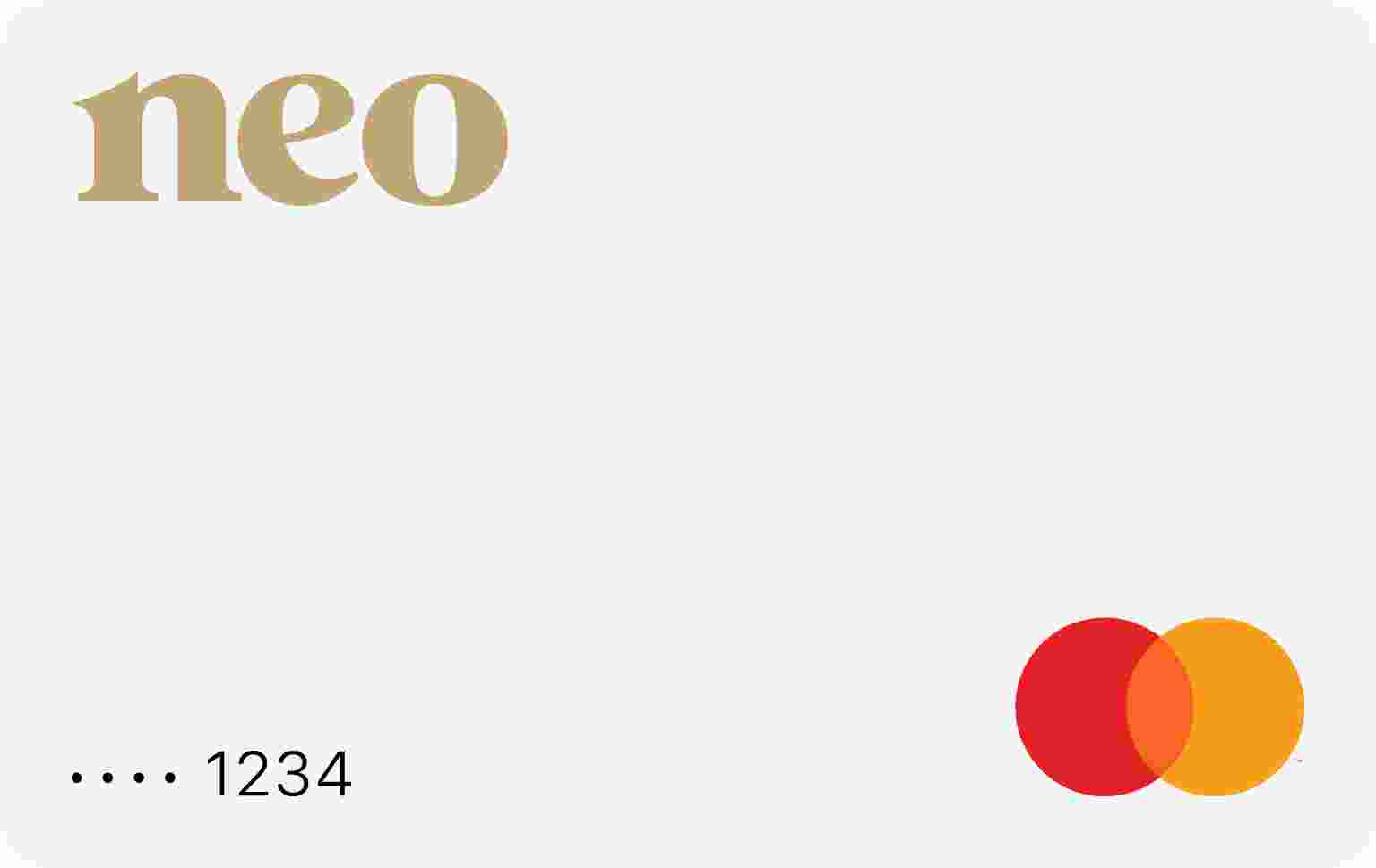A bank transit number is a five-digit code which identifies the financial institution in Canada where you have opened your bank account. It is used to process payments, deposits and other transactions. It’s important to understand what a bank transit number is and how it is used by financial institutions.
How Does it Work?
The bank transit numbers are assigned by Payments Canada, which helps regulate all Canadian banking and payments systems. Every financial institution has its own unique set of codes which allows them to easily identify each branch and customer accounts within their system. When making payments or deposits, it’s important that you use the correct bank transit numbers so that your money can be sent to the right place without any errors or delays.
How Can I Find my Bank Transit Number?
Your bank transit number can usually be found on one of your cheques from your chequing/savings account. It should appear at the bottom of the cheque. If you don’t have access to a cheque, you can also contact your financial institution directly for more information about finding your personal transit number.
What is the difference between routing number and transit number
The routing and transit numbers are both used for electronic funds transfers, but they have different purposes. A routing number is a nine-digit code that identifies the financial institution where you opened your account and the branch. It combines both branch and institution number.
Conclusion
Bank transit numbers are an important to ensure accurate and efficient payment processing within the Canadian banking system. It’s easy to find your bank transit number—simply look at one of your cheques or contact your financial institution for more information. Keep in mind that there is a difference between the routing number in the U.S. and transit number in Canada, so be sure to use the correct one when making electronic payments.
Take the time to familiarize yourself with your bank transit number and how it works to help ensure that you properly manage your finances.
Having a good understanding of what a bank transit number is and how it works will help ensure that all payments, deposits, transfers, etc., are processed correctly with no delay or errors. Knowing where and how to find this information will give you peace of mind when managing your finances online or through traditional banking channels. To make sure that you’re always using the right codes when making payments or transfers it’s best practice to double check with your financial institution if ever in doubt!






